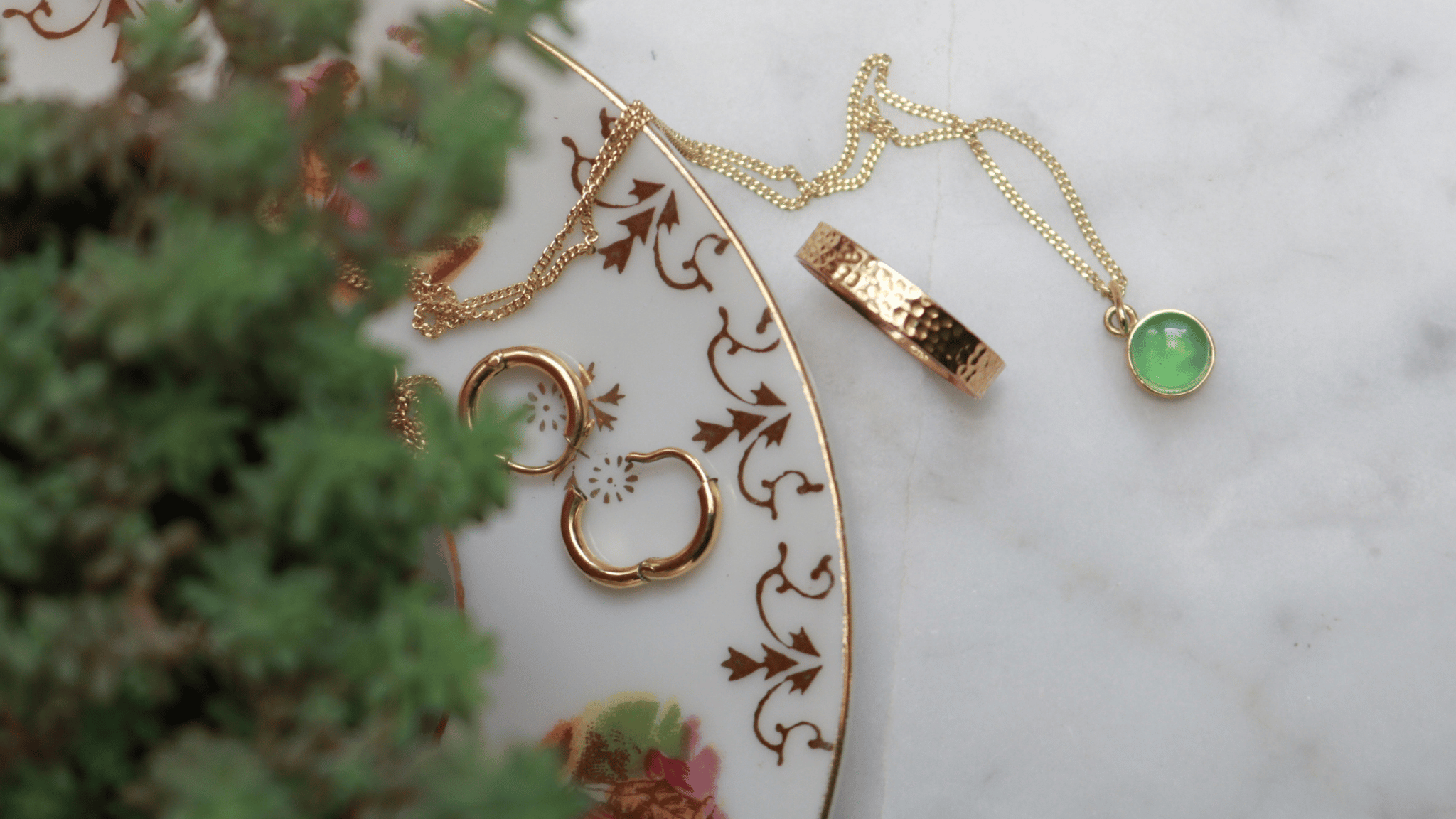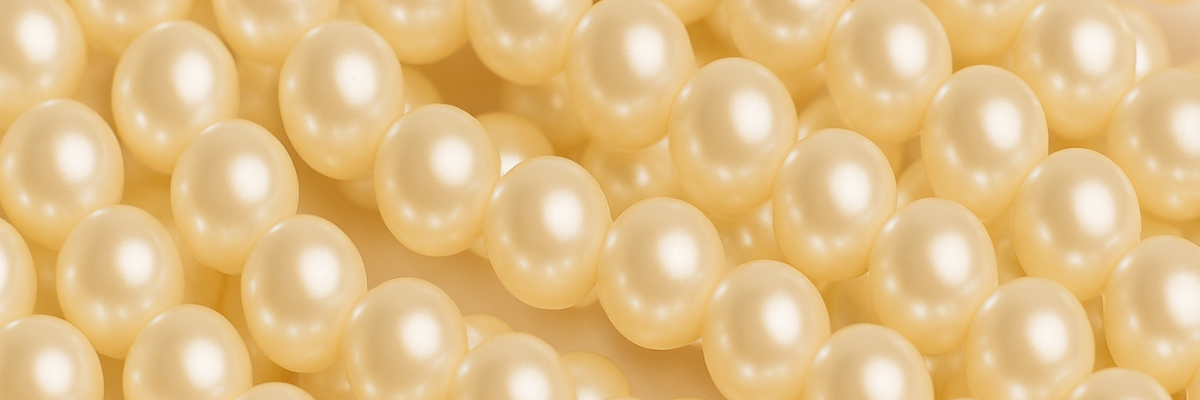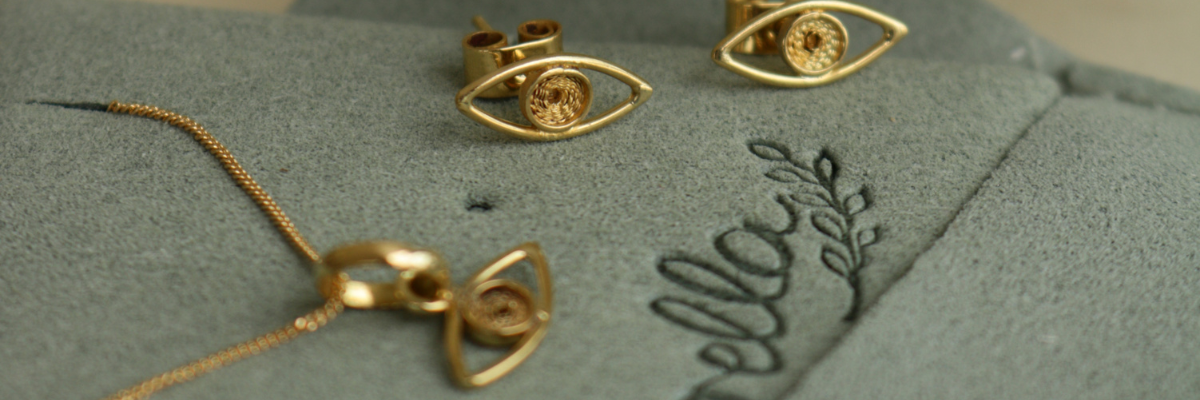Nowadays, it is not usual to go out without a piece of jewelry, whether it is a watch, earrings or rings. Jewelry has become a fundamental part of our daily lives, but what is the history of jewelry? When and how did it come into being?
In this article we will tell you about the origin and how these accessories became an indispensable part of our daily lives.
History of jewelry
When we talk about jewelry, we have to take into account that it is an art that has been developing for millions of centuries. And to understand its origins, we have to go back to prehistory.
Below you will see that in each era, jewelry is part of the artistic history of the moment, and its meaning, symbol and materials vary according to each one.
Jewelry in prehistory
To find the first traces of jewelry we have to go back to the Stone Age, specifically to the Paleolithic period.
In this era, the men who populated the earth used natural elements as accessories, thus giving birth to the first jewels.
At first they were considered decorative elements, later they were considered talismans, becoming objects of great value.
It should be noted that these pieces of jewelry are not like the ones we are used to seeing today, but rather they used different minerals and materials, such as bones, stones, shells, snails, among others.
Taking this into account, it is established that the first signs of jewelry come from Africa.
Later, in the Upper Paleolithic, Cro-Magnon men made necklaces and bracelets from bones and teeth, as well as stones that hung from pieces of string and pieces of carved bones to fasten their clothes.
On the other hand, ancient pieces made by European Neanderthals have also been recorded. Some of them have been in Kenya and Russia, where they made rings with marble.
Jewels in ancient Egypt
The first findings of jewelry found in Egypt date back to the years 3000 and 5000.
For this period, accessories were made with precious metals, such as gold.
For the Egyptians, jewelry was synonymous with political and religious power.
Other uses were for funeral rituals, because they believed that placing them in tombs ensured the immortality of the soul.

History of jewelry in ancient Greek civilization
The pieces found in the ancient Greek civilization date back to the years 1600 BC. During this period different techniques were used such as casting and hammering, they also made twisted bars and wires.
By 300 BC the Greeks were using stones such as emeralds, pearls and amethyst.  National Geographic Photo: Gold bracelet. Decorated with snake motif. First half of the 4th century BC (Athens).
National Geographic Photo: Gold bracelet. Decorated with snake motif. First half of the 4th century BC (Athens).
The jewelry had two uses, which were:
- As a gift for special occasions, they were often given to women to demonstrate their beauty and status.
- It was used to avoid the evil eye, because they believed that jewelry was capable of granting supernatural powers to the person who wore it.
For the Greeks, Amber was the stone most associated with luxury. Some of the jewels that stood out during this period were:
- The pendants
- Headbands
- Hair pins
Jewelry in Rome
If there is one accessory that stands out during this time, it is brooches, which were also used as a talisman against the evil eye.
They used different materials such as gold and bronze. In addition, they used different stones to decorate such as diamonds, sapphires and emeralds .

Carnelian necklace, belonging to the ancient Roman civilization
Renaissance
During the Renaissance there was a boom in trade, which increased the export and import of precious stones throughout Europe, which is why jewelry began to be seen as an art.
At this time, jewelry began to be made with emeralds from Colombia, chrysoberyl from Sri Lanka and Amazonite from Brazil.
The moment of greatest success for jewelry was with the arrival of Napoleon Bonaparte. The French emperor was the one who introduced matching jewelry sets , thus reviving the greatness of jewelry in France.
These sets included several pieces such as:
- Necklaces
- Bracelets
- Brooches
- Tiaras
- Earrings
- Brooches
- Rings
But that was not all, during this time a distinction was made between cheap jewelry or costume jewelry (in French “ Bijoutiers ”) and expensive jewelry (in French “ Joaulliers ”).
History of jewelry in romanticism
The jewelry found in Romanticism was influenced by archaeological discoveries and by medieval and Renaissance art.
Likewise, with the industrial revolution the market expanded, which is why the first imitations were found.
During this period, different jewelry houses were created worldwide, such as Cartier and Bulgari.
Art Deco and jewelry
1920 and 1950 are characterized by being the period in which jewelry was simplified and mass production began.
But not only that, but at this time the techniques used began to predominate, rather than the materials.
Among the materials that were most used and highlighted were:
- Plastic
- Aluminum
History of jewelry in contemporary times
It was from the 1960s onwards that contemporary jewellery without precious materials could be seen, as accessories began to take on a more conceptual meaning.
Among those that stand out is handmade jewelry, which is increasingly gaining value and importance.
 Handcrafted jewelry. Jewel making process in 950 silver
Handcrafted jewelry. Jewel making process in 950 silver
But that was not all, pearl cultivation, synthetic precious gems and Swarovski crystals were developed during this period.
The history of jewelry is fascinating and as you may have noticed, in each era it has had a different meaning and concept, totally different from what we know today.
We hope you enjoyed this article, don't miss the other posts we have for you on our blog .
We invite you to follow us on our social networks so you don't miss any news.






